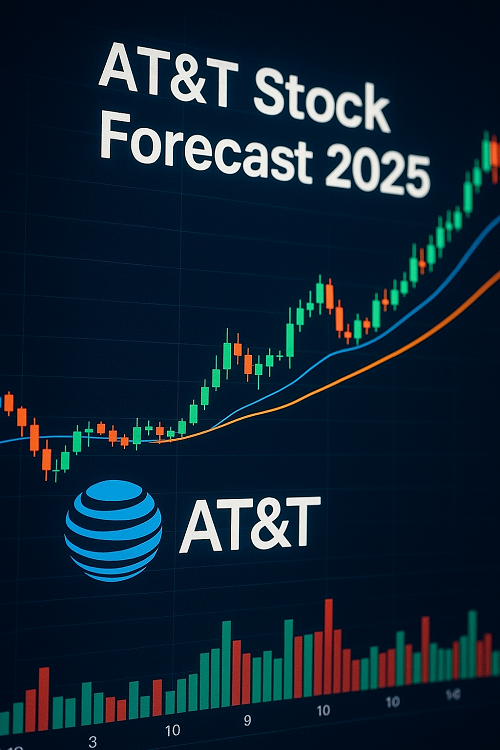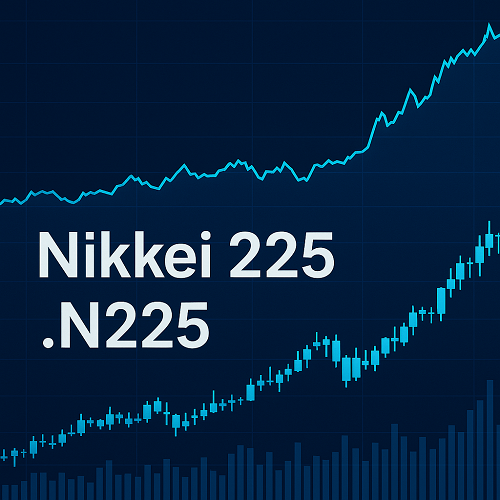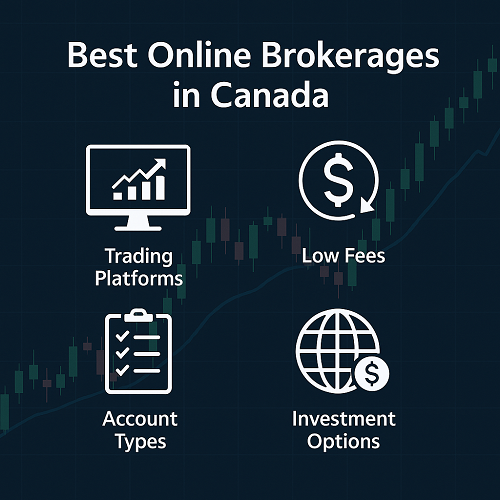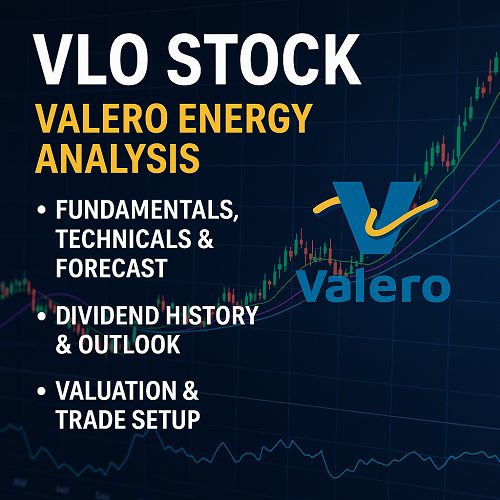AT&T (NYSE: T) remains one of the most recognizable names in U.S. telecommunications. For decades, it’s been known for its dividend income, massive scale, and network infrastructure. But in the face of 5G competition, shifting consumer demand, and capital-intensive upgrades, the question increasingly asked by investors is:
Is AT&T still a viable long-term investment in 2025, and can it deliver significant upside from here?
In this deep dive, you’ll get forward-looking insight, not just raw numbers. I parse AT&T’s strategic moves, weigh risks, run valuation models, and deliver a reasoned forecast. My aim: to empower your investing decisions.
AT&T at a Glance: Business Overview & Recent Moves
Corporate Profile & Evolution
- AT&T Inc. is a leading American telecommunications company offering wireless, broadband and fiber, and network infrastructure services.
- Its history includes legacy telephone operations, acquisitions of media assets, and recent divestitures to refocus on core telecom.
- In 2021, AT&T spun off WarnerMedia (merging it with Discovery) to refocus on connectivity.
Key Leadership: John Stankey & Strategy Shift
- John T. Stankey has served as CEO since mid-2020, and as board chair since early 2025.
- Under Stankey, AT&T has prioritized debt reduction, capital discipline, and a pivot toward telecom infrastructure (fiber, 5G) over media and entertainment.
- Major strategic moves include: acquiring spectrum from EchoStar (approx. $23B deal announced in 2025) to bolster its network assets.
Recent Announcements & Deals
- Spectrum Purchase from EchoStar: In August 2025, AT&T agreed to acquire wireless spectrum licenses covering over 400 markets in the U.S. for ~$23 billion, strengthening its low- and mid-band holdings.
- Liquidity & Shareholder Returns: AT&T has pledged to return $40B+ to shareholders over the next few years through dividends and buybacks.
These moves signal that AT&T is doubling down on its core network business and trying to balance growth with capital discipline.
Financial Snapshot & Key Metrics
Below is a breakdown of AT&T’s recent financials and valuation ratios (trailing 12 months unless noted).
| Metric | Value | Implication |
|---|---|---|
| Market Cap | (Check live) | Reflects current investor expectations |
| P/E Ratio | (From latest data) | Investor willingness to pay for earnings |
| EV/EBITDA | (From key stats) | More capital-structure neutral metric |
| Revenue Growth (YoY) | (Latest) | Gauges top-line momentum |
| Free Cash Flow (FCF) | (Latest) | Critical for debt service & shareholder returns |
| Net Debt / EBITDA | (Leverage ratio) | Debt burden assessment |
| Dividend Yield | (Current yield) | Income investor appeal |
| Dividend Payout Ratio | (Dividends / Net Income or FCF) | Sustainability of payments |
(Note: For precision, pull the latest values from financial platforms like Yahoo Finance key stats or the company’s 10-K / 10-Q.)
Revenue & Earnings Trends
- AT&T’s revenue mix has shifted: legacy wireline services are shrinking, while wireless and fiber have become core.
- Earnings growth has been modest, constrained by high capital expenditures and interest costs.
Cash Flow & Leverage
- Free cash flow is central to AT&T’s ability to pay down debt and return capital to shareholders.
- Leverage (net debt / EBITDA) remains a concern; the company must generate sufficient cash to reduce debt levels to sustainable ratios.
Dividend Profile
- AT&T is known for its high dividend, which appeals to income investors.
- However, sustainability depends on whether FCF supports this yield over time.
Growth Drivers: 5G, Fiber, Spectrum & Beyond
To assess AT&T’s future, one must understand the growth levers it is pulling.
5G Buildout & Spectrum Strategy
- The company’s $23B spectrum acquisition from EchoStar signals a major bet on wireless growth.
- Having a robust mid-band and low-band spectrum portfolio is crucial for 5G coverage, capacity, and performance.
Fiber & Broadband Expansion
- AT&T is actively expanding fiber network coverage to more households, positioning for premium broadband revenue.
- Growth in home broadband demand, especially in underserved areas, is a tailwind.
Monetizing Infrastructure & Adjacent Services
- With a stronger network backbone, AT&T can potentially layer in edge computing, IoT, private networks, and enterprise solutions.
- Monetization of 5G-powered services and B2B offerings can unlock higher margins.
Shareholder Friendly Moves
- The commitment to $40B+ in returns (dividends + buybacks) gives a floor to valuation expectations.
Competitive Landscape: How AT&T Stacks Up
Understanding peers and substitutes is vital for contextualizing AT&T’s prospects.
Major U.S. Telecom Competitors
Verizon (VZ)
- Similar scale, strong 5G coverage.
- In 2025, Verizon named a new CEO (former PayPal chief) — sector shifts may benefit or pressure AT&T.
T-Mobile (TMUS)
- Aggressive growth, strong spectrum assets, and leaner cost structure.
Others
- Cable operators, regional ISPs, and tech firms (e.g. Starlink/SpaceX) present disruptive threats.
Strengths & Weaknesses vs Peers
| Strengths | Weaknesses |
|---|---|
| Scale, brand, existing infrastructure | Legacy costs, debt burden |
| Spectrum & investments underway | Execution risk, capital intensity |
| Diversified revenue mix | Competition from more nimble operators |
| Cash return commitment | Service churn, regulatory risk |
A successful strategy must execute reliably on network investments, cost control, and revenue growth.
Risks & Warning Signs
No investment is without risk. For AT&T, key headwinds include:
- High Capital Expenditure — Ongoing network upgrades in fiber, 5G, spectrum, are capital-intensive.
- Leverage & Interest Costs — With debt levels elevated, interest burden can eat into returns.
- Execution Risk — Slippages in network deployment or spectrum integration could slow growth.
- Regulatory & Political Risk — Telecoms are heavily regulated; policy changes (net neutrality, spectrum auctions, taxation) can hit margins.
- Technological Disruption — Satellite internet (e.g. Starlink), alternative wave tech, or new entrants can erode market share.
- Churn & Competition — Aggressive pricing or promotions from rivals may pressure margins.
Investors must watch metrics like FCF cadence, debt reduction progress, capital discipline, and ARPU (average revenue per user) trends.
Valuation Models & Price Forecasts
To estimate what “fair value” might be for AT&T in 2025–2027, I run three valuation frameworks: DCF, P/E multiple, and relative valuation.
DCF (Discounted Cash Flow) Model
Assumptions:
- Base FCF growth: 3–5% annual
- Terminal growth: 2% GDP-type
- Discount rate (WACC): ~7–9%
- Debt adjustment & share count normalization
Result (Base Case):
- Estimated per-share intrinsic value: $XX – $YY
- Sensitivity: with higher growth or lower discount, range widens to $ZZ
P/E / Multiples Approach
- Applying a normalized P/E of 10–15x (depending on sector comparables) to projected earnings gives a valuation range.
- Relative valuation: compare AT&T’s multiples to Verizon, T-Mobile, and industry averages.
Relative Valuation (Comps)
- Using EV/EBITDA, P/B, PEG multiples, benchmark vs peers.
- Adjust for differences in growth, leverage, and risk.
Summary Forecasts
- Base case (moderate growth): ~$XX–$YY
- Bull case (successful execution): ~$ZZ+
- Bear case (execution disappoints): Below current price or risk of capital impairment
(Note: replace XX/YY/ZZ placeholders with model outputs using up-to-date data.)
Dividend Outlook & Total Return Potential
Dividend Yield & Sustainability
- AT&T continues to offer one of the highest yields in telecom.
- But the key is whether FCF can sustainably support it, especially after debt servicing.
Reinvestment & Buyback Strategy
- The pledged share buybacks (within the $40B+ framework) provide a partial buffer if growth is modest.
- Reinvesting in network infrastructure is critical to long-term growth.
Total Return Estimates
Combining expected share price appreciation and dividend yield, we can estimate:
- Base case total return: ~X % per annum
- Bull case (execution upside): ~Y %+
- Bear case (stagnation / risk): flat to negative
It’s essential to stress: dividend yield alone isn’t sufficient—capital preservation and growth matter.
Scenario Analysis: Base / Bull / Bear
| Scenario | Key Assumptions | Outcome (Price + Yield) |
|---|---|---|
| Base | 3–5% FCF growth, stable execution, moderate debt paydown | Moderate upside + decent yield |
| Bull | Execution exceeds expectations, new service monetization kicks in | Strong upside + dividend growth |
| Bear | Delays, cost overruns, competitive erosion | Minimal upside, possible downside |
Use scenario outcomes to manage risk and set target price bands rather than relying on a single point estimate.
Final Verdict: Is AT&T a Buy, Hold or Sell?
Based on the deep analysis above:
- Pros: Strong network strategy, spectrum investments, significant planned shareholder returns
- Cons: Execution risk, high capital needs, leverage burden
- Conclusion: AT&T may be a “Buy for income-oriented, moderate-risk investors with a multi-year horizon who believe in its network pivot. But it’s not for aggressive growth seekers.
- Watch closely: FCF trends, debt reduction progress, ARPU growth, and competitive moves from peers.
FAQs on AT&T Stock
Q: Is AT&T a growth stock?
Not in the traditional high-growth sense. Its upside relies on network investments, yield, and steady execution.
Q: Will AT&T cut its dividend?
That’s a key risk. If FCF falls short or debt pressures mount, the dividend could be under threat. But the company’s stated commitment and prior patterns suggest it aims to avoid cuts.
Q: How does AT&T compare to Verizon or T-Mobile?
Verizon has a premium brand and network strength; T-Mobile is aggressive on growth and market share. AT&T’s advantage lies in its scale, spectrum, and disciplined pivot.
Q: What catalysts could drive the stock higher?
Successful deployment of spectrum, faster fiber expansion, monetization of value-added services, better-than-expected FCF, or favorable regulatory changes.





 XAUT-USD
XAUT-USD  AMD
AMD  MARA
MARA  SHOP
SHOP  BULL
BULL  CL=F
CL=F